(1) The element is part of the traditional Chinese calendar. Moreover, the day of Fresh Green has become a national holiday since 2008.
(2) Based on the solar terms, peasants arrange spring plowing, summer weeding, autumn harvesting and winter storing. The solar terms have become a time framework for agricultural production.
(3) The tradition of measuring the quality of the produce through the solar terms has deep roots among the people. For instance, tea picked before Fresh Green and the one picked before Grain Rain are respectively called “Green tea picked before Fresh Green" and “Green tea picked between Fresh Green and Grain Rain,” both are considered rare tea.
(4) Individuals and families provide for basic needs according to changes of solar terms; this is how they also develop life styles that include concern for physical and mental health. The folk proverb “The solar terms wait for no man” is widely known.
(5) Related communities hold rituals and folk activities, such as worship of ancestors on Fresh Green, the Spring Equinox Fair in Anren County, Winter Worship, etc., which play a significant function in the enhancement of their cultural identity and cohesion.
(6) This heritage exerts an active effect on the people; it plays a role in developing a mentality of respect for nature and harmonious coexistence with it; at the same time, it has a profound influence on the creation of literary and artistic works such as poetry, painting, sculpture, etc..
The Beginning of Spring, the first solar term in the spring season, falls on 3-5 February on the Gregorian calendar, when the sun reaches celestial longitude 315°. The Beginning of Spring means the departure of winter and the advent of spring, when everything begins afresh.
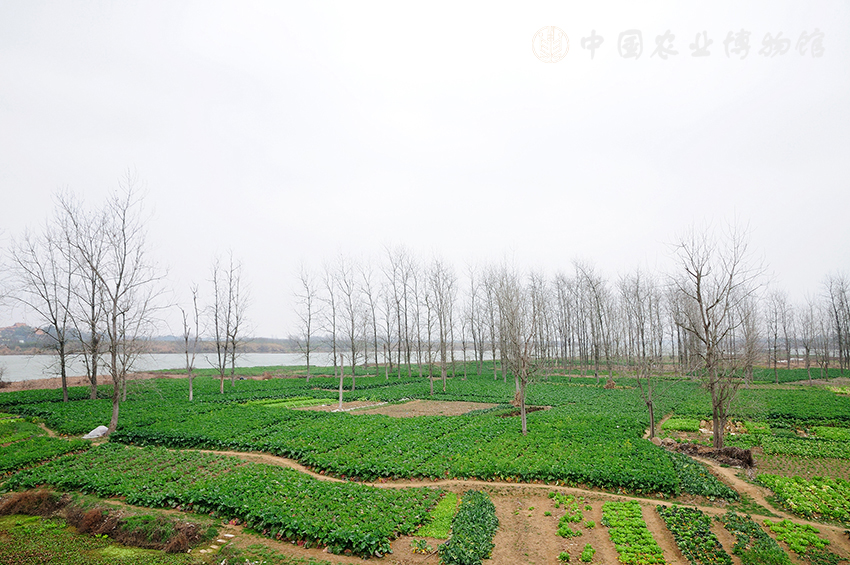
Rain Water, the second solar term in the spring season, falls on February18-20 on the Gregorian calendar, when the sun reaches celestial longitude 330o. At this time, the temperature rises, ice and snow begin to melt, rainfall increases, which is why the solar term is so named.

Insects Awaken, also known as “Start of Insects” in ancient times, the third solar term in spring, falls on March 5 or 6 on the Gregorian Calendar, when the sun reaches celestial longitude 345°. “Awakening of Insects” means that the temperature rises and it is warm, spring thunders start to sound, thus waking up the insects lying in hibernation under the ground.
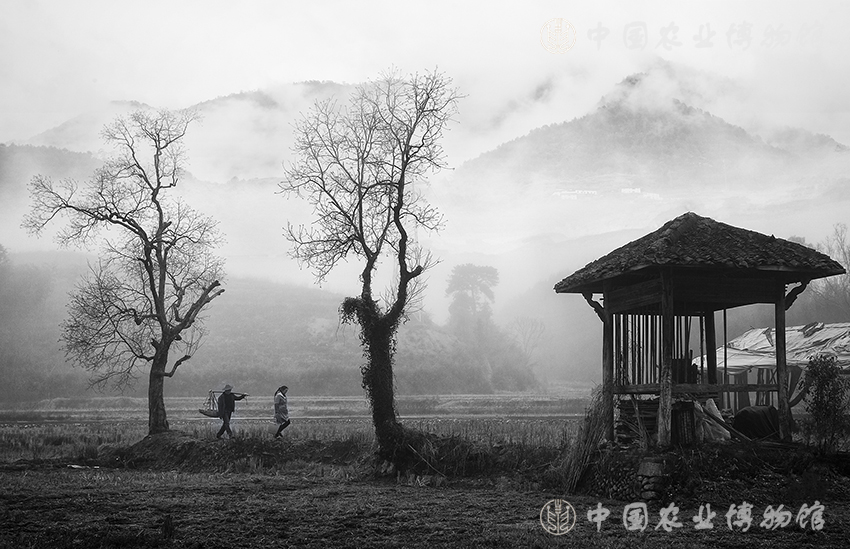
Spring Equinox, the fourth solar term in spring, falls around March21 on the Gregorian calendar, when the sun reaches celestial longitude 0o. At this time, the sun shines directly on the equator, the southern and northern hemispheres of the earth enjoy an equal share of daytime and nighttime. The spring equinox has “equal daytime and nighttime and thus a fair share of cold and heat”, embodying the idea of the heaven being fair to all. Ancient Chinese usually regulated and aligned their timepieces and various measures.
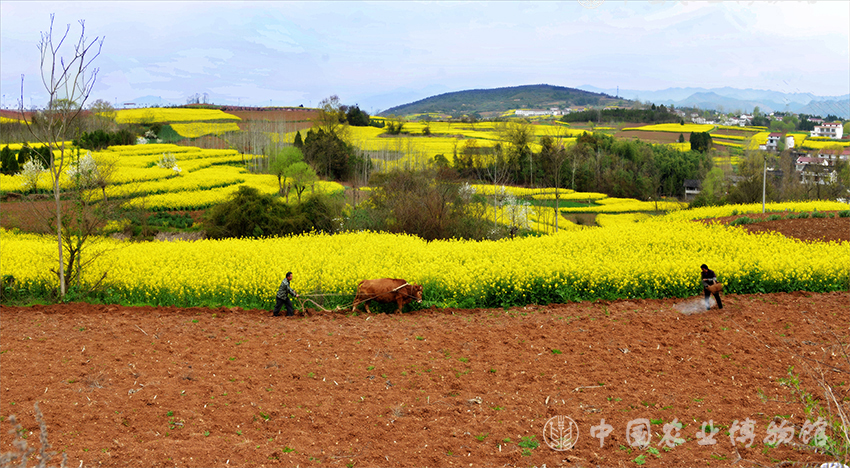
Freshgreen, otherwise known as “Festival of the Third Month” or “Excursion Festival”, the fifth solar term in the spring season, falls on April 4-6 on the Gregorian calendar, when the sun reaches celestial longitude 15°. This is a solar term that embodies the best phenological features of the spring, including a reference to the clear and bright sky against thriving plants. It is also an important traditional Chinese festival.
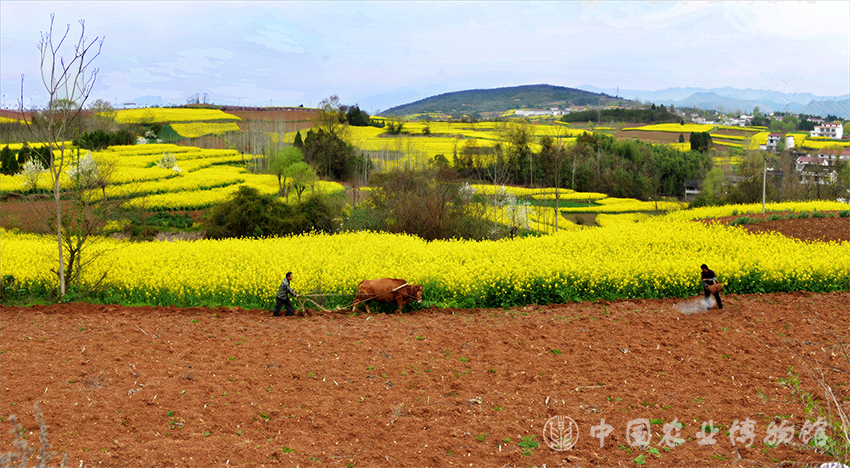
Grain Water, the sixth solar term in the spring season, falls on April 19-21 on the Gregorian calendar, when the sun reaches celestial longitude 30o, deriving its name from the ancient saying that “the rainfall gives rise to a hundred grains.”
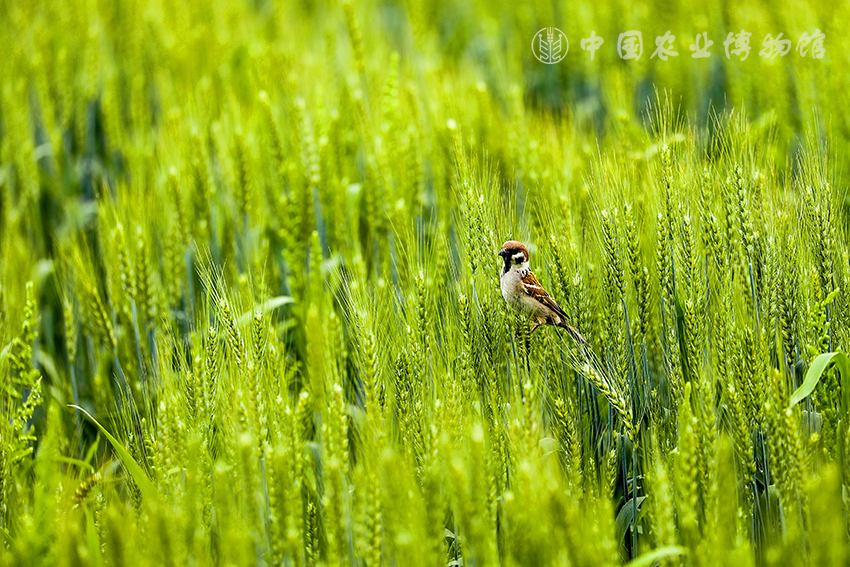
Beginning of Summer, the first solar term in the summer season, falls on May 5-6 every year on the Gregorian calendar, when the sun reaches celestial longitude 45°. It indicates the start of summer.
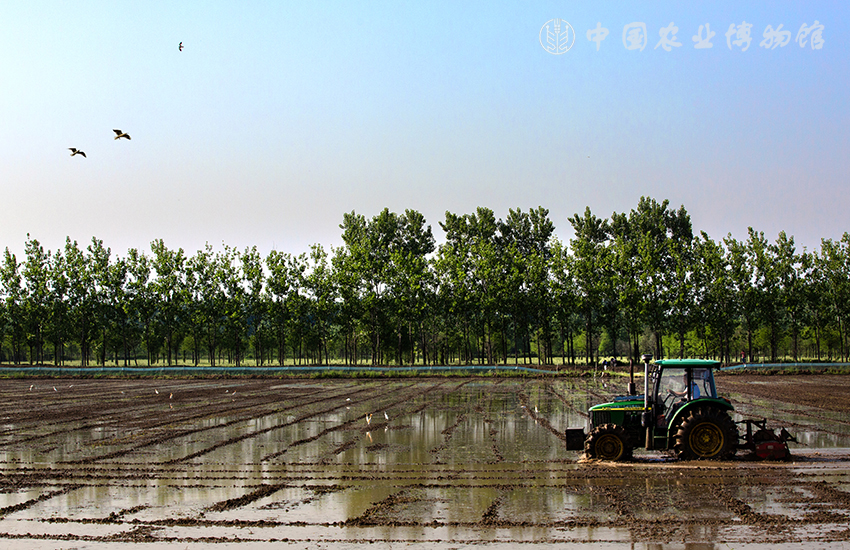
Lesser Fullness, the second solar term in summer, falls between May 20 and 22, when the sun reaches celestial latitude 600. Lesser Fullness means that the seeds of summer crops start filling, yet they are not ripe yet. They have only reached a lesser fullness, not a greater fullness.

Grain in Ear, the third solar term in summer, falls around June 6 on the Gregorian calendar, when the sun reaches celestial longitude 75°. At this time, awn crops such as barley and wheat are ripe, and harvest is urgent. It is also the busiest sowing season for such summer-sown crops as late corn, glutinous millet, millet.
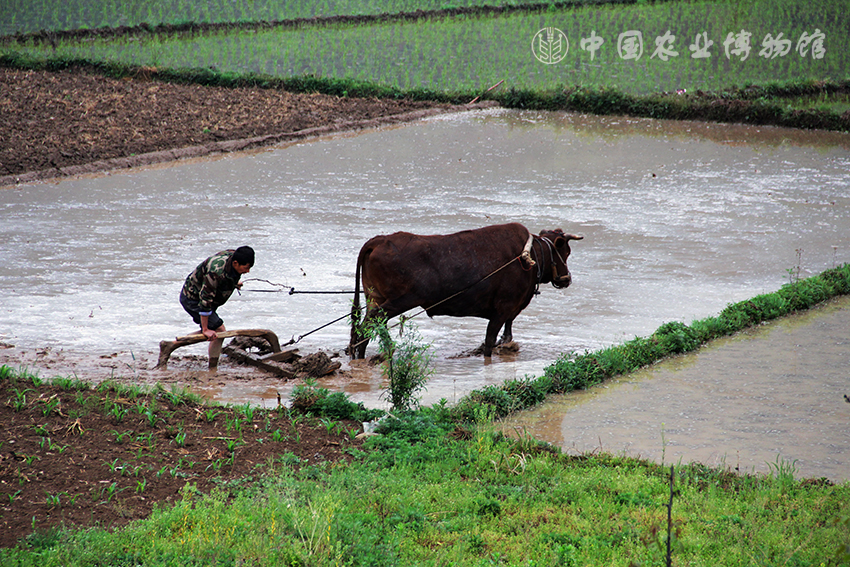
Summer Solstice, the fourth solar term in summer, falls on June 21 or 22 on the Gregorian calendar, when the sun reaches celestial longitude 90o. It is one of the solar terms established the earliest among all the 24. On the day of Summer Solstice, the sun shines directly on a position on the earth that is the northernmost in the year, and daylight on the northern hemisphere is the longest for the year.

Lesser Heat, the fifth solar term in summer, falls on July 7 or 8 every year on the Gregorian calendar, when the sun reaches celestial longitude 105°. This period is not the hottest in the year, and thus it is referred to as Lesser Heat.
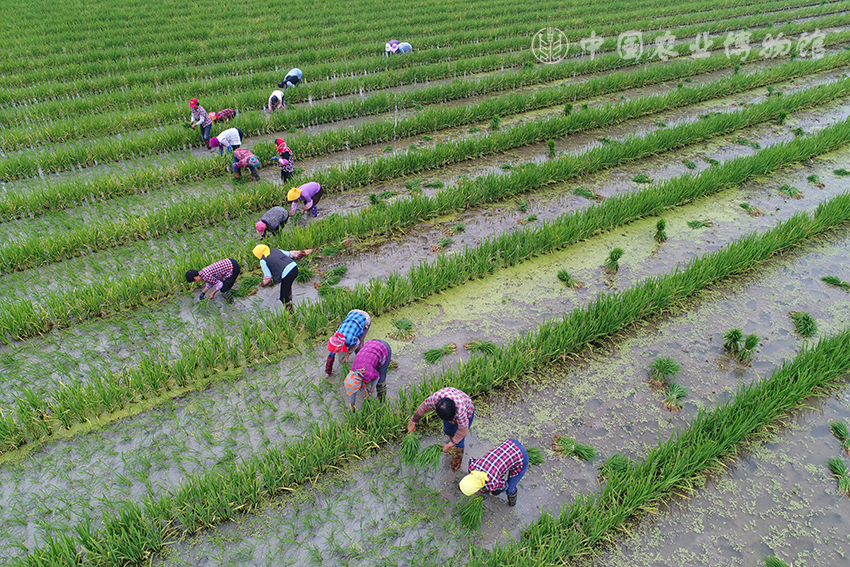
Greater Heat, the sixth solar term in summer, falls on July 23-24 every year on the Gregorian calendar, when the sun reaches celestial longitude 120°. This is the hottest solar term in the year.
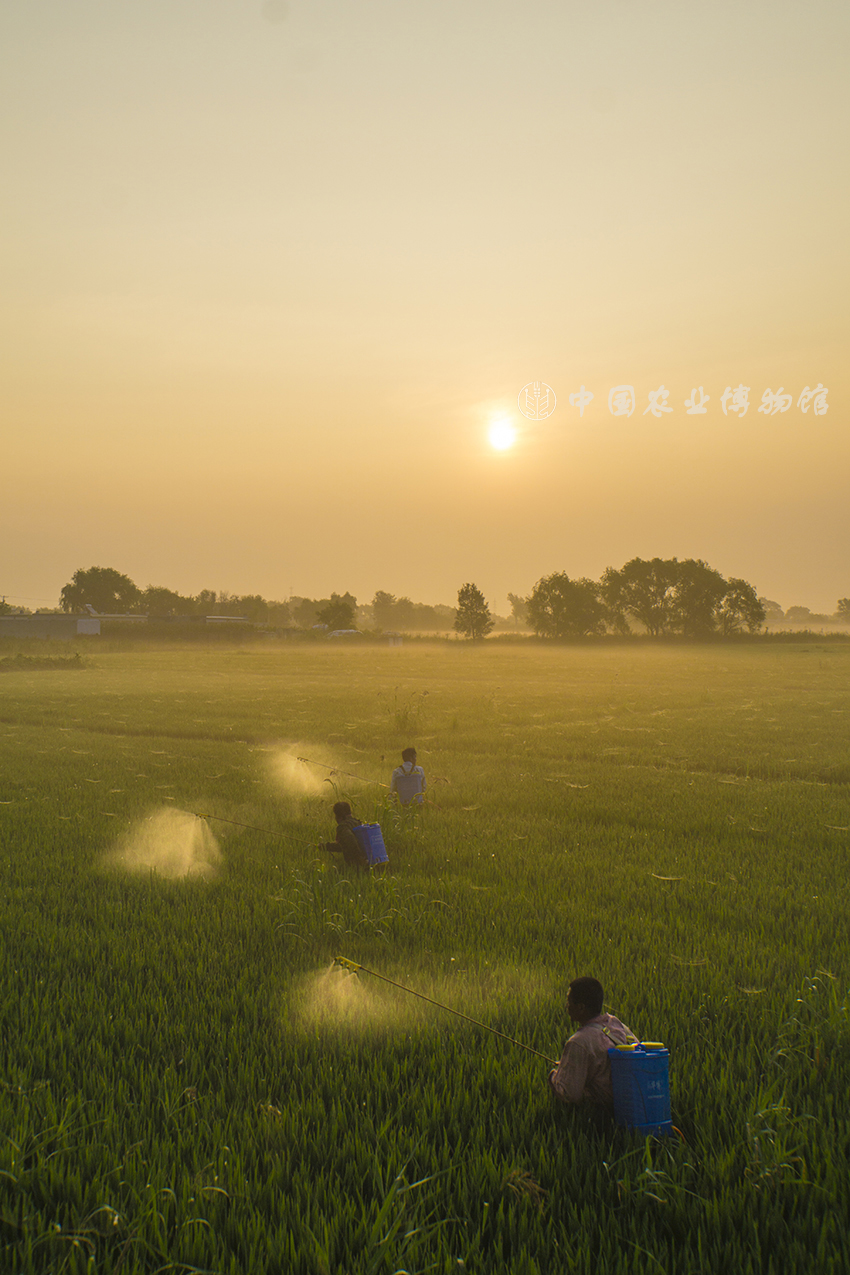
Beginning of Autumn, the first solar term in autumn, falls on August 7-8 on the Gregorian calendar, when the sun reaches celestial latitude 135°. It means the imminent departure of the hot summer season and the approach of autumn. It also indicates that grass and trees are starting to bear fruit and seeds, and that the season of harvest is coming.
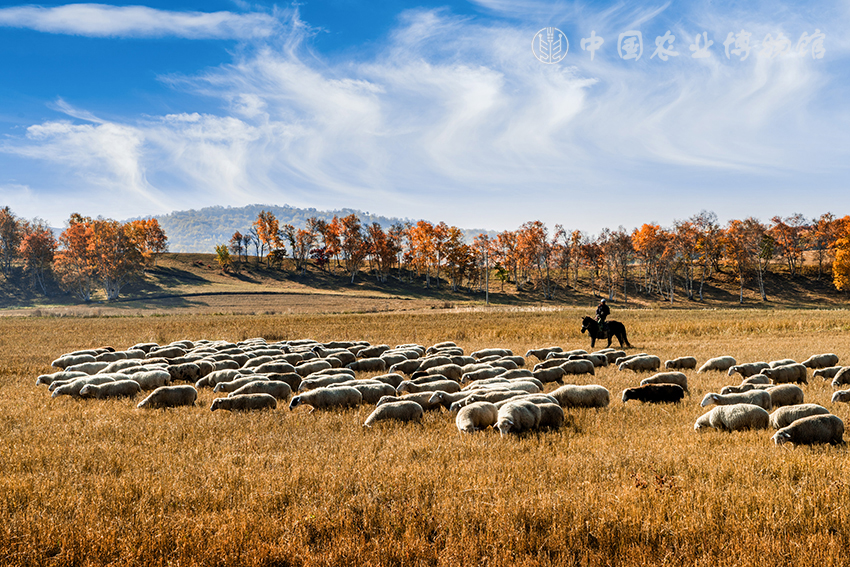
End of Heat, the second solar term in autumn, falls around August 23 on the Gregorian calendar every year, when the sun reaches celestial longitude 150°. It signifies that the hot summer is about to end.
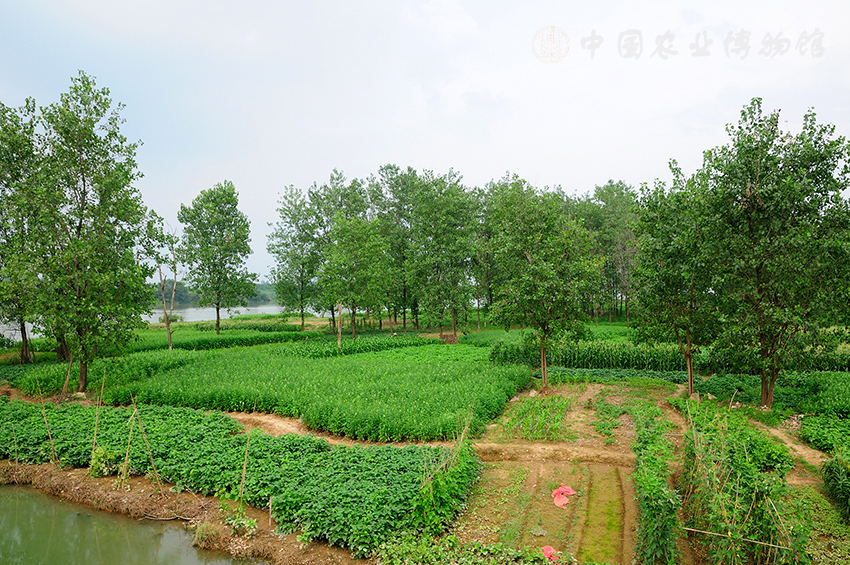
White Dew, the third solar term in autumn, falls on September 7-9, when the sun reaches celestial longitude 165°. During this solar term, it gradually turns chilly; many drops of dew are found on the ground and leaves in the morning, as vapors coagulate there in the night, thus the name White Dew.
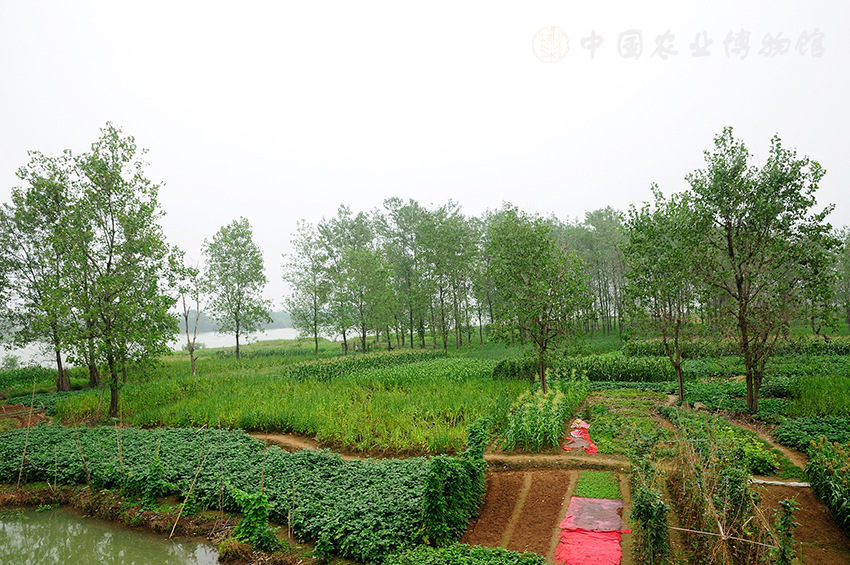
Autumn Equinox, the fourth solar term in autumn, falls on September 22-23 every year on the Gregorian calendar, when the sun reaches celestial longitude 180°. At this time, the sun shines directly upon the equator of the earth; daylight and nighttime are equal; there is no phenomenon of polar day or polar night. After Autumn Equinox, daytime starts to get shorter and nighttime becomes longer. The temperature drops day by day and it is getting into the season of deep autumn gradually.

Cold Dew, the fifth solar term of autumn, falls on October 8-9 every year on the Gregorian calendar, when the sun reaches celestial longitude 195°. “Cold Dew” means that the temperature is even lower than the time of “White Dew”, and that dewdrops on the ground are so cold that they are about to condense into frost.
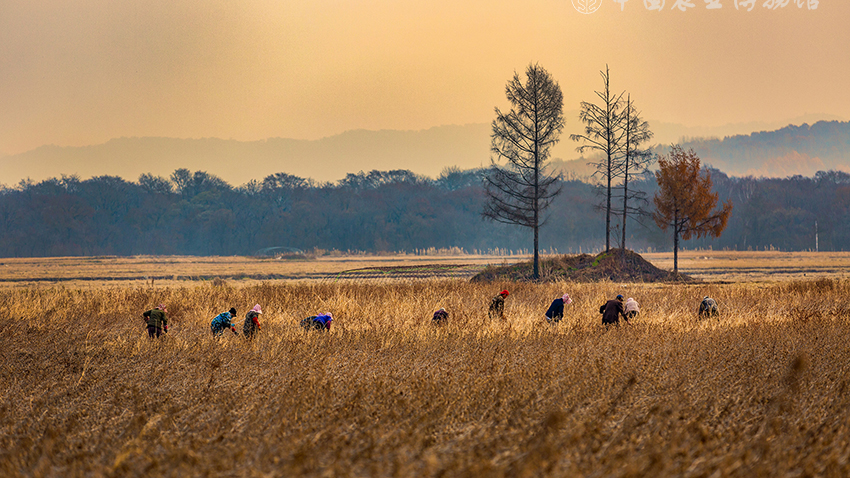
First Frost, the sixth solar term in autumn, falls on October 23-24 every year on the Gregorian calendar, when the sun reaches celestial longitude 210°. At this time, white frost starts to appear in the Huanghe River reaches in China.
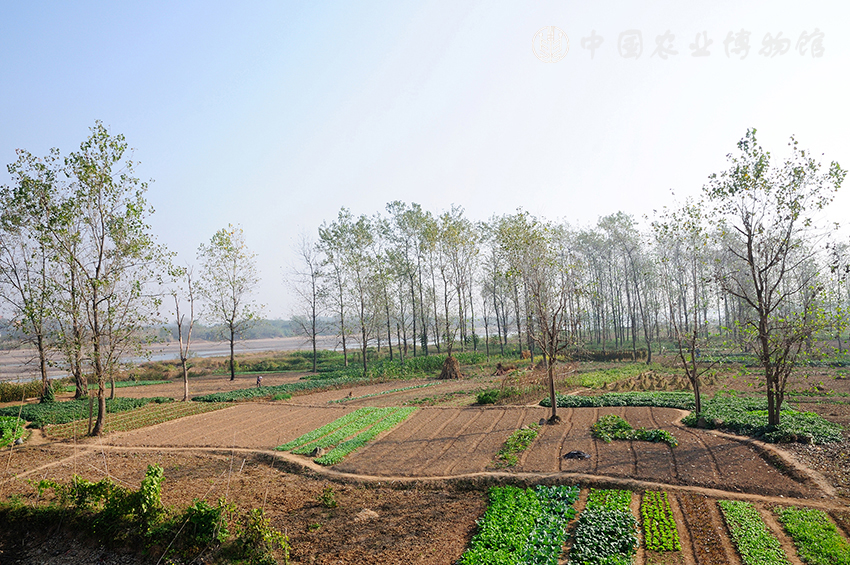
Beginning of Winter, the first solar term of winter, falls on November 7-8 every year on the Gregorian calendar, when the sun reaches celestial longitude 225°. This solar term does not only mean the beginning of winter, but also the collection and stocking of everything and avoidance and prevention of cold.
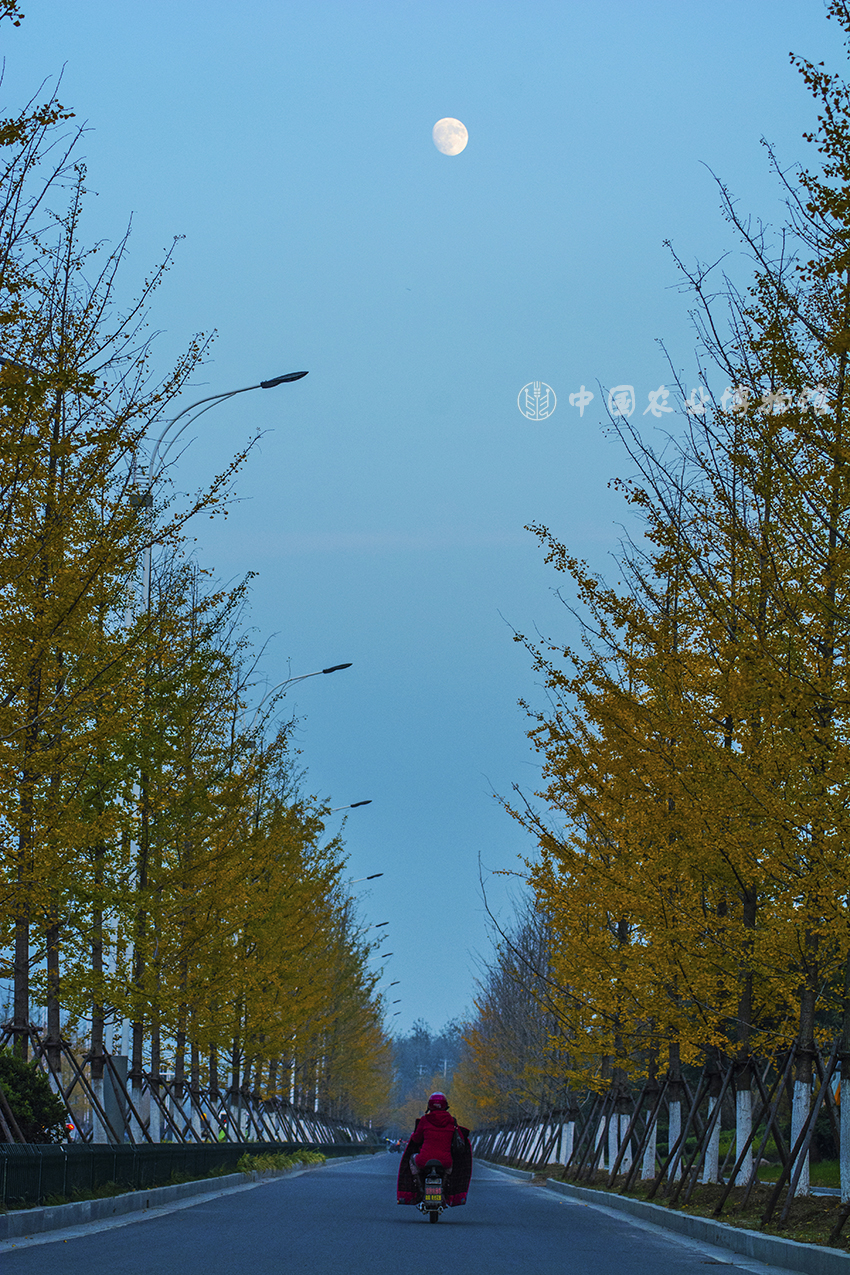
Light Snow, the second solar term in the winter season, falls on November 22-23 every year on the Gregorian calendar, when the sun reaches celestial longitude 240°. “Light Snow” refers to the time and degree of snowfall; although snow starts to fall, the amount of snowfall is small, and there is no snow retention on the ground.
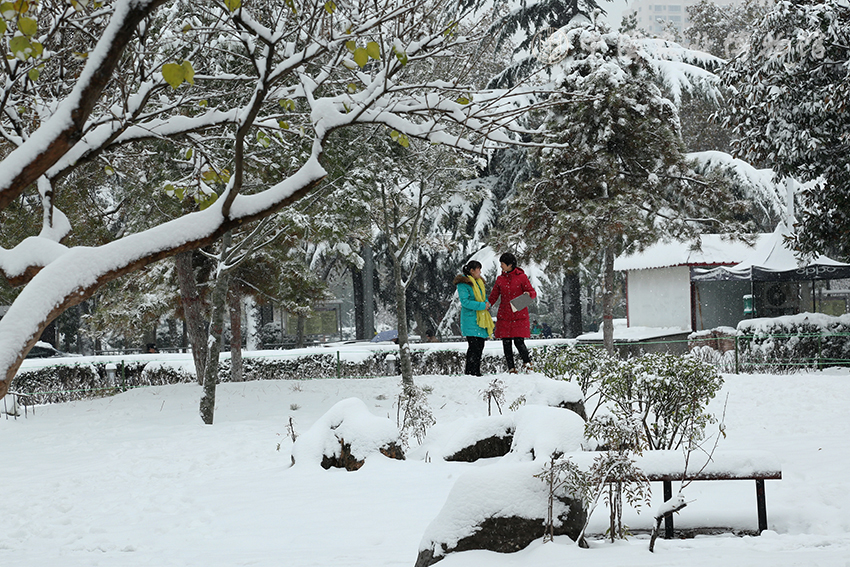
Heavy Snow, the third solar term in winter, falls on December 7-8 every year on the Gregorian calendar, when the sun reaches celestial longitude 255°. At this time, the number of snowy days and the amount of snowfall is increased. Snow starts to be accumulated on the ground, and the extent enlarges, thus the name “Heavy Snow.”
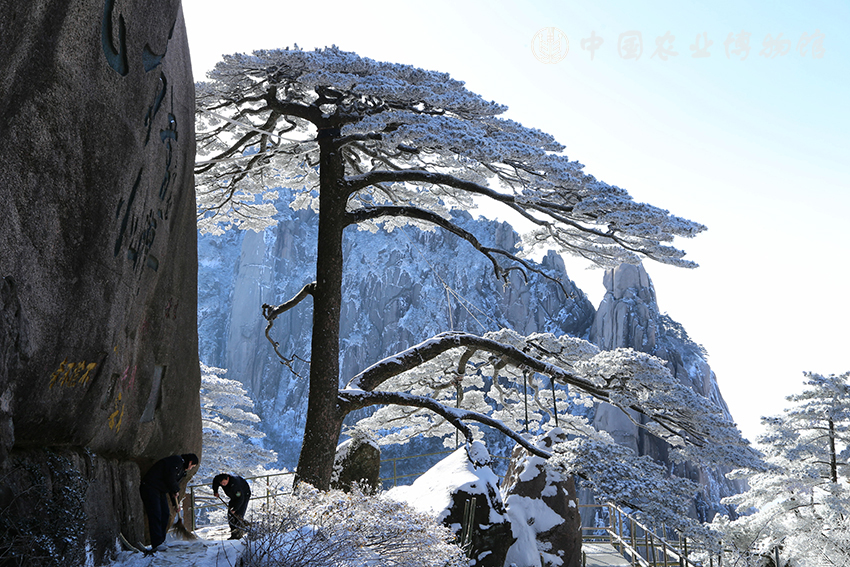
Winter Solstice, the fourth solar term in winter, falls on December 21-22 on the Gregorian calendar every year, when the sun reaches celestial longitude 270°. On the day of Winter Solstice, the sun shines directly on the Tropic of Capricorn, daylight being the shortest and nighttime longest on the northern hemisphere. Thus, the day is also known as “Short Daylight Day”, one of the 24 solar terms measured and identified the earliest.
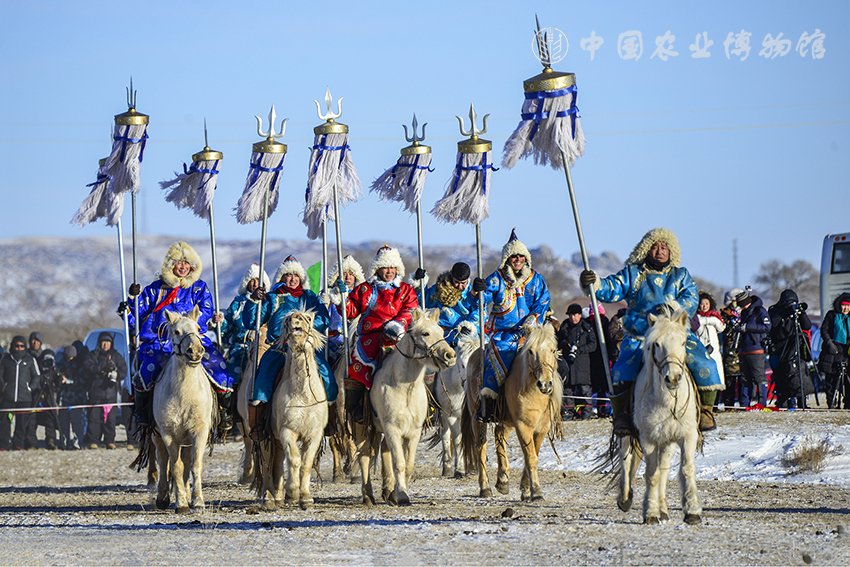
Lesser Cold, the fifth solar term in winter, falls on January 5-7 on the Gregorian calendar every year, when the sun reaches celestial longitude 285°. This is the indication that most parts of China have entered the coldest period of the year.
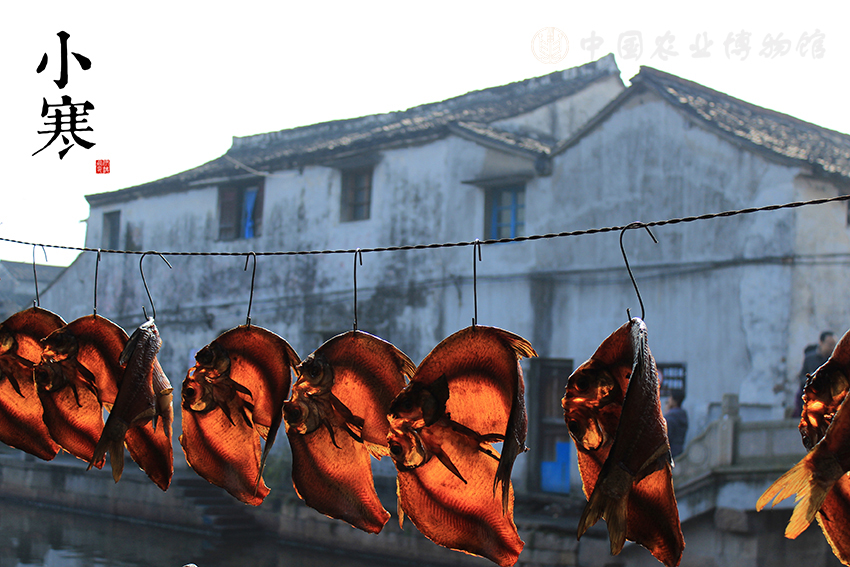
Greater Cold, the last solar term in winter, falls around January 20 on the Gregorian calendar every year, when the sun reaches celestial longitude 300°. Greater Cold is so named in comparison with Lesser Cold, being the coldest time of the year.
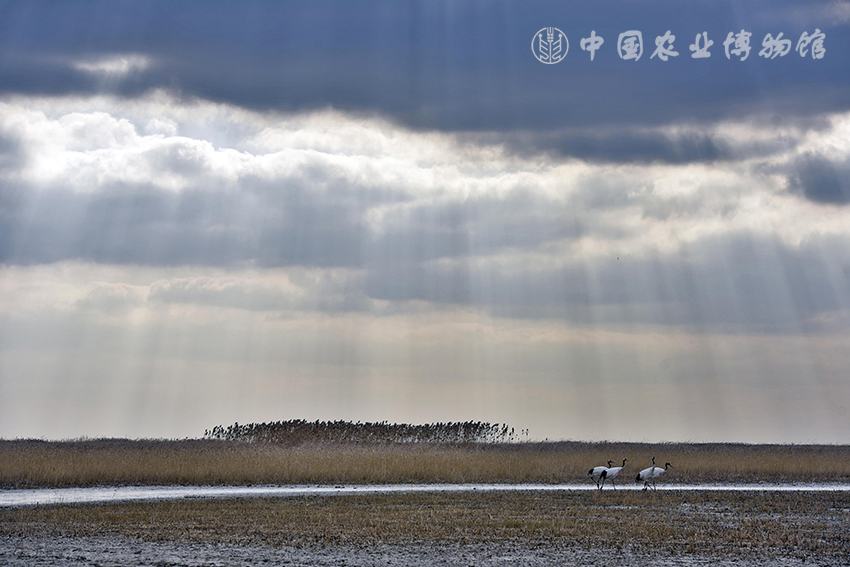
















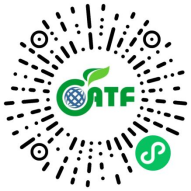



 Index
Index 